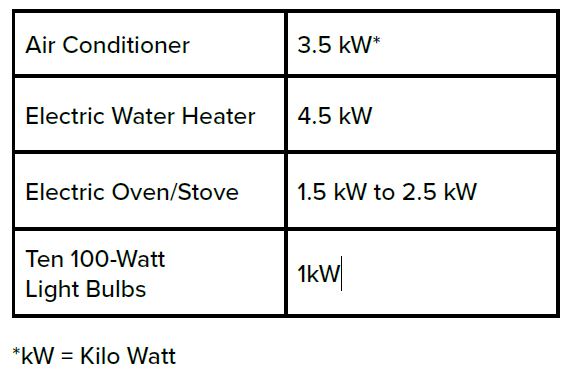CEO November Message - 2022
In the September magazine I spoke about how renewables help the grid, but are not an answer as a replacement to hydro/coal/natural gas or nuclear provided base load that is needed to ensure 24/7/365 coverage of your power needs. The base load is necessary for reliable and sustained power and energy that is there when we all need it, not just a percentage of the time when renewables are producing power and energy.
California is a prime example of what happens when you remove the above listed base load power and energy generation methods. California has moved to eliminate those generation methods and are moving to wind and solar power only. California wants to mandate electric vehicles by 2035, yet when the base load is not there for the entire system, they ask that those people who own electric vehicles do not charge them at night and to turn your thermostat up to a minimum of 78 degrees (not a good message from the government to its citizens).
We shared with you the base load; now let us move to demand and what a peak is and how it affects the grid. Technically the peak is the maximum amount of power delivered to your home or in our cooperative’s case, the entire distribution plant to all our members. Let us look at your homes.
If you are not at home and have minimal electric devices turned on in your home, it is consuming a small amount of electricity. Your demand on your power needs is very low. However, if you get home and turn on several lights, a TV or multiple TVs, and use your electric oven or microwave to heat up your dinner, the amount of power needed for all of that to happen will be very high.
Here are some examples of power being used in the home:
If all of this is on at the same time, the demand on power would be 10 kW to 11.5 kW. Now imagine the same thing going on in 2,000 homes at the same time. 10 kW times 2,000 home equals 20 MW or Mega Watt of power on the system or 10,000 watts x 2,000 homes = 20,000,000 watts.
That is the number of watts the cooperative needs to ensure is available to all members when you need it. What will happen if we don’t have base load capable of handling this amount of power? Blackouts and brownouts. Blackouts are complete outages and brownouts cause unexpected behaviors in electrical service that can cause outages and problems with your service.
Therefore, our cooperative must be able to provide millions of watts of power (also called demand) for you our members when you want to use it, not just when the wind blows or the sun shines. Your cooperative is billed on a peak or coincidence peak basis. We will get into that in another message. Next month, we will get into sequestration of CO2.
As always, stay safe and stay healthy.
